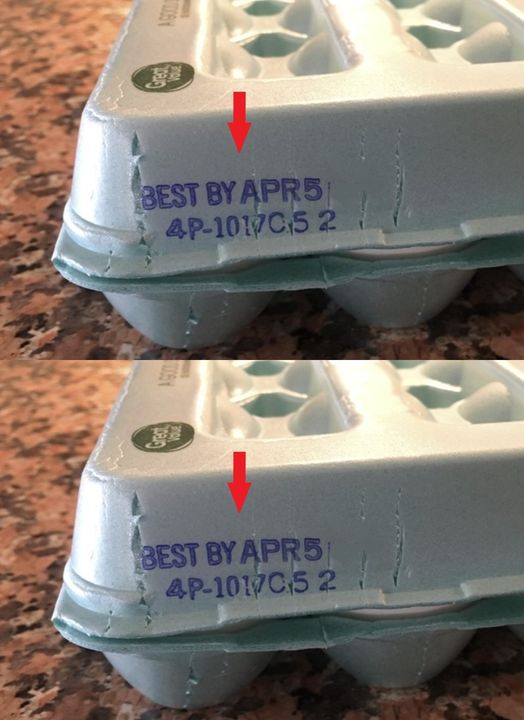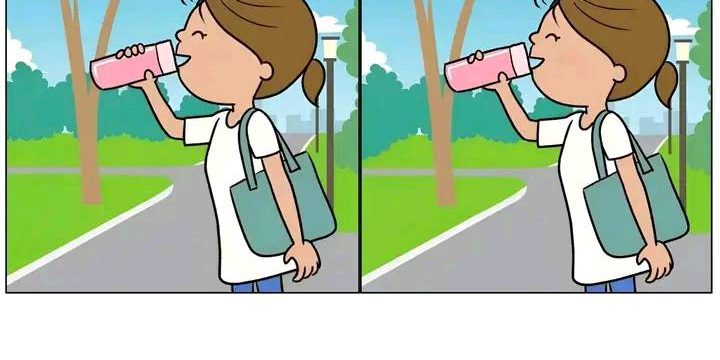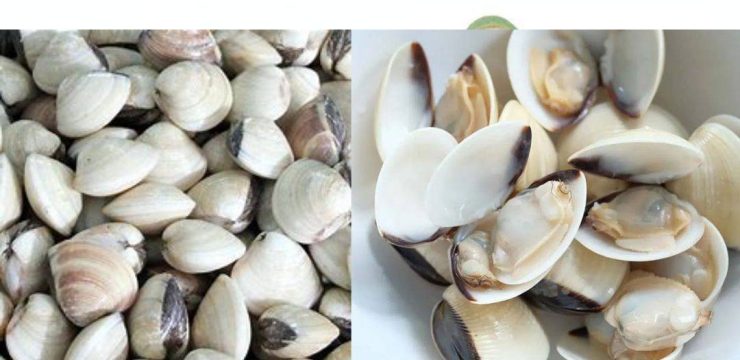A few years ago, I hosted a dinner party and proudly served up a homemade quiche, only to end the evening with everyone feeling nauseous and uncomfortable. Nobody ended up in the hospital, thankfully, but let’s just say the vibe shifted from joyful to suspicious pretty fast. And guess what the culprit was? Eggs. Yep, eggs that looked perfectly fine. No off smell, no visible issues, and definitely not past the printed expiration date.

I was confused and honestly a little horrified. How was I supposed to know they were bad? That’s when I discovered the small, easily overlooked number printed on the side of every egg carton. It looked like some kind of cryptic lab code, so I never bothered to figure out what it meant. Big mistake. That number, as I later learned, is called the Julian date. It’s a three-digit number that tells you the exact day of the year the eggs were packed—so 001 means January 1st, 123 is May 2nd, and so on. This number is crucial because it gives you a better picture of how fresh the eggs actually are, as opposed to relying on the more ambiguous “sell by” date, which can be misleading. Now, when I shop for eggs, I scan for the freshest Julian dates, preferably within the last two weeks.
Sure, I look a little intense comparing cartons like I’m hunting for rare vintage wine, but I’ve had enough quiche-related trauma to justify it. Right next to the Julian date is something called the plant code, typically starting with a “P” followed by a few numbers, like “P1021.” This code tells you where the eggs were processed. It might sound unimportant, but when there’s a salmonella outbreak, knowing your eggs’ plant code could save you a lot of stress. I once had to check during a recall, and those 30 seconds of panic in front of my fridge—carton open, phone in hand—were not fun. Fortunately, my eggs were safe, but it was a lesson well learned. Speaking of freshness, I used to believe the old trick about floating eggs in water—if it floats, toss it; if it sinks, it’s good.
While that can be a decent indicator, it’s not a method I trust completely anymore. Now, I rely on the Julian date and even jot it down on the carton: “Packed Day 124, Toss after Day 154,” sometimes with a sad little face drawn on the toss date to remind myself. Also, don’t store your eggs in the door of your fridge—the coldest spot inside keeps them fresher longer. Let’s talk marketing for a second. Labels like “Cage-Free,” “Free-Range,” “Organic,” and “Pastured” sound like these chickens are living the dream, but don’t be fooled. “Cage-free” usually just means they’re in a large barn without individual cages—not exactly idyllic.
“Free-range” often means they technically have outdoor access, but it could be as simple as a tiny door opened once a day. If you want eggs from chickens that genuinely roam outdoors, look for “pastured.” The yolks are deeper in color—almost orange—and they taste richer. Maybe it’s psychological, maybe not, but I swear by them. Then there’s the USDA grade system: AA, A, and B. Grade AA eggs are the crème de la crème—firm whites and high yolks. Grade A is still great, and B is rarely sold in regular stores, probably used in bulk food production. If I’m making something like fried or poached eggs, I go with AA. If I’m baking cookies, A-grade is totally fine. One morning, I made scrambled eggs and they turned out watery and flavorless. I checked the carton—36 days old. Technically within date, but not fresh. Two weeks later, same brand, but with a recent Julian date—same recipe, but the eggs were fluffier, tastier, and smelled like brunch at a nice café. That’s when I knew: I had become an egg snob. So now, I pay attention to those numbers. The Julian date tells you how fresh your eggs are. The plant code helps you avoid disasters during recalls. The USDA grade lets you pick the right egg for the right dish. And those fancy labels? Learn what they really mean before you pay extra. Next time you’re in the store inspecting egg cartons like they’re priceless gems, just remember—you’re not crazy. You’re informed. And most importantly, you’re not going to poison your dinner guests. I love that for you.





